A snowy landscape doesn't mean your garden has to hibernate for the winter.
You can turn your outdoor space into a stunning snow-kissed display with the right plants.
In this article, we'll explore plants that thrive in colder temperatures and look beautifully blanketed in snow.
1. Holly (Ilex Spp.)
Holly's iconic shape, featuring vibrant red berries, is commonly associated with Christmas and is widely used in wreaths, decorations, and holiday bouquets.
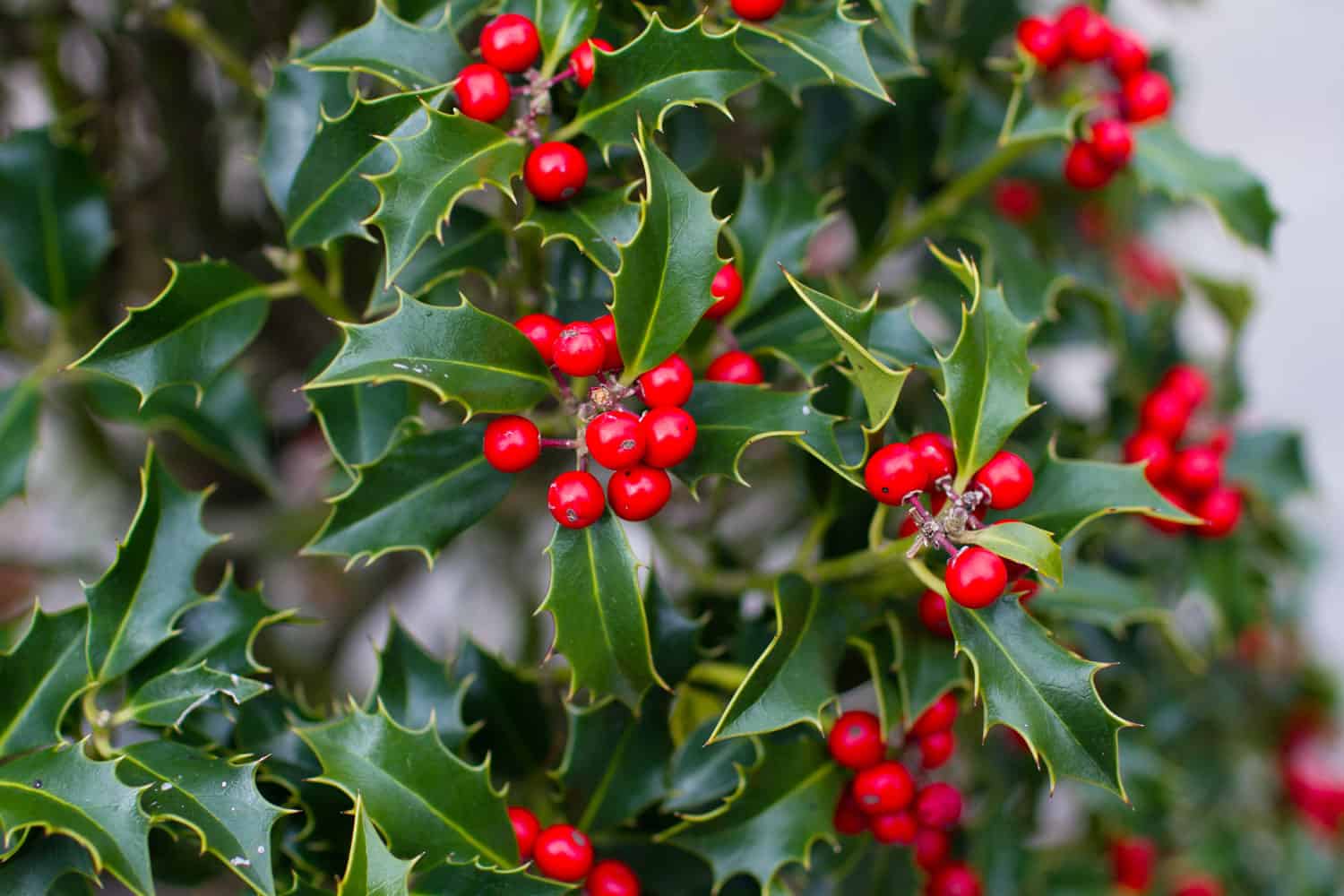
These plants exhibit dark green, glossy leaves with sharp spines, which provide a striking contrast against snowy landscapes.
To ensure berry production, place at least one male holly within 50 feet of female plants.
Holly plants can also benefit from protection from winter winds, so consider choosing a sheltered area for planting.
2. Snowdrops (Galanthus Nivalis)
Snowdrops are a delightful addition to your festive garden. Their delicate white flowers with green spots will brighten the snowy landscape.
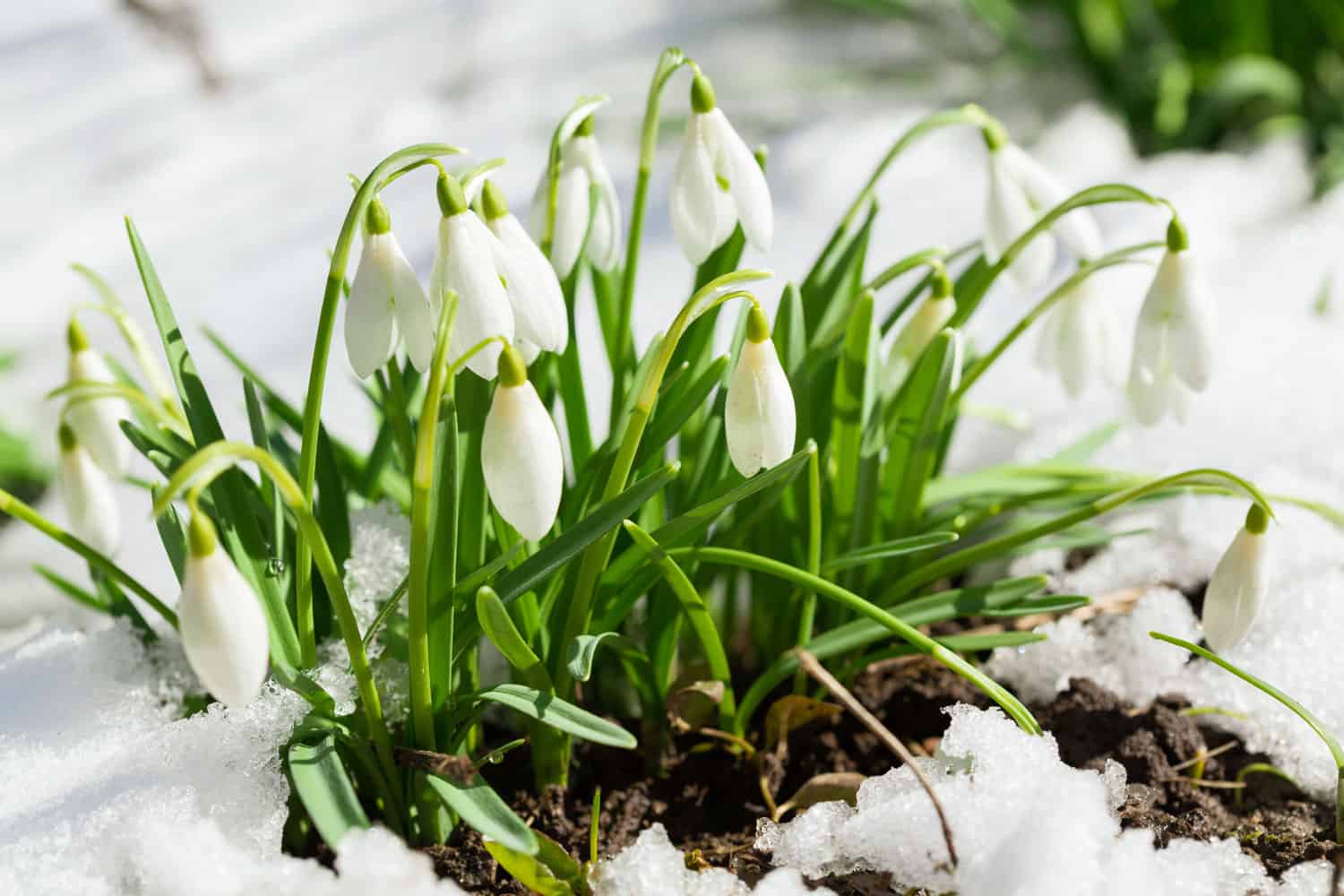
These charming flowers bloom in late winter to early spring, often emerging from beneath the snow and bringing beauty to your garden for several weeks.
These easy-to-grow bulbs thrive in USDA Hardiness Zones 3 through 8 and can be planted in the fall.
Choose a well-draining soil in a partially shaded area, ideally under deciduous trees or along paths. The dappled sunlight will provide the perfect environment for your snowdrops to flourish.
As your snowdrop bulbs establish themselves, they'll multiply and naturalize, creating a lovely carpet of flowers over time.
3. Mistletoe (Viscum Album)
If you're considering planting mistletoe, it's crucial to do so responsibly. Consider using it in a controlled environment, like a pot or an area where it won't spread uncontrollably.
Also, research the specific type of mistletoe and its compatibility with your local ecosystem and garden plants.
One of the things you'll love about incorporating mistletoe into your festive garden is its vibrant green color, which contrasts beautifully with the snowy white landscape.

You may already know this, but it's a popular choice for holiday decor, as it can be easily harvested and brought indoors.
You should know that mistletoe leaves, stems, and berries are poisonous, so it's essential to place them out of reach of children and pets!
Are you curious about how large mistletoe trees can grow and how to manage their size in your garden? Find out more in this article.
4. Douglas Fir (Pseudotsuga Menziesii)
Douglas Fir is an elegant choice for your snowy garden.
Its glossy green needles and strong pyramidal growth habit make it an eye-catching focal point, especially with its pendulous lower branches gracefully draped in snow.
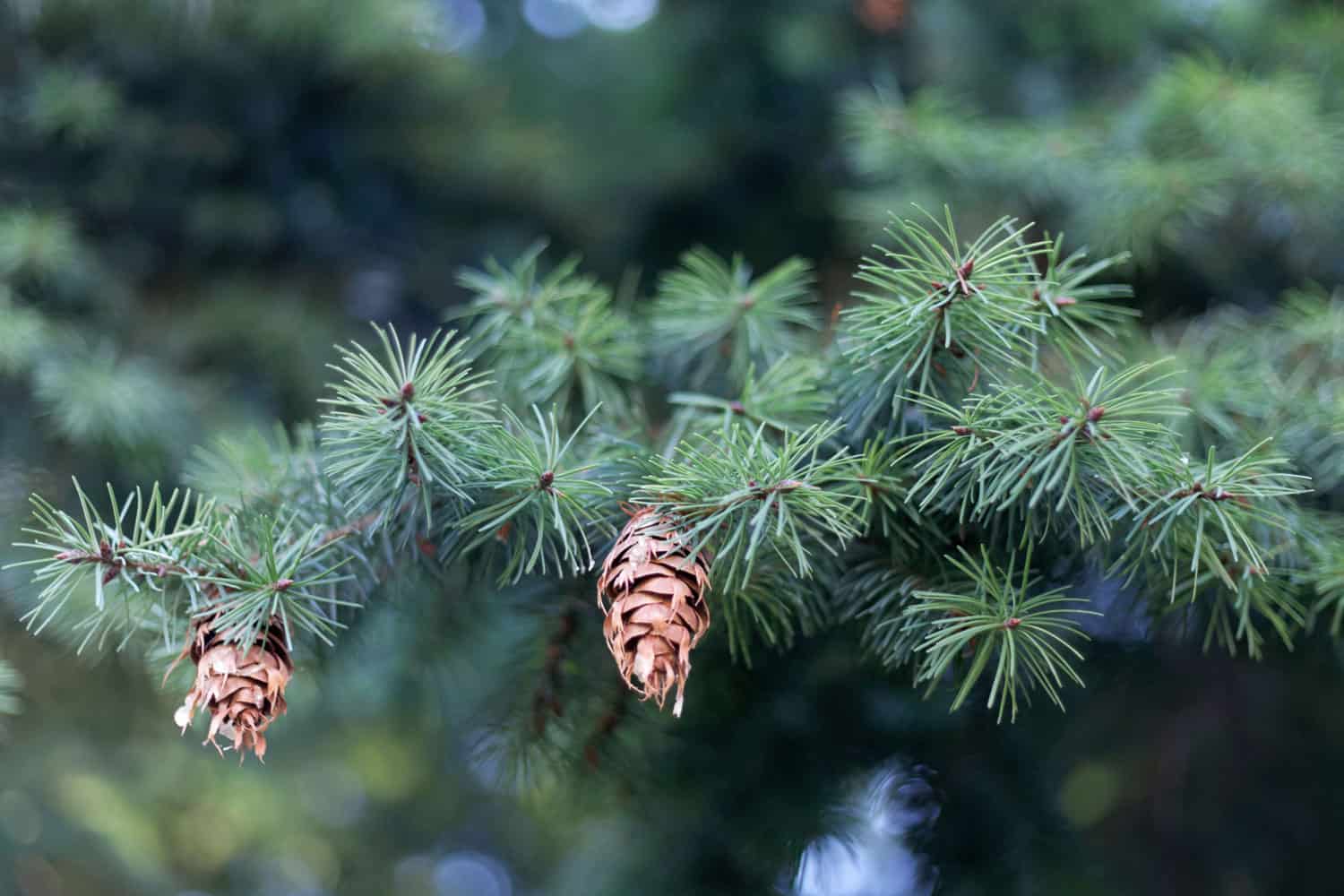
These trees have a hardiness zone of 4 to 6, ensuring that they can withstand cold and snowy conditions.
Not only do these trees provide visual interest, but their brown cones with unique forked bracts add an interesting element to their appearance.
Oftentimes, these cones hang from the tree like natural Christmas ornaments, creating a festive atmosphere throughout the season.
Another attractive feature is their fragrance. When bruised, the needles of Douglas Firs release a delightful scent, enhancing the ambiance of your winter garden.
Plus, these trees can grow more than 60 feet tall, making them an impressive and majestic addition to your landscape.
5. Winter Jasmine (Jasminum Nudiflorum)
Winter Jasmine is a cheerful plant that can brighten up those cold winter days with its lovely, buttery yellow blooms, which begin to appear between January and February.

The best part is that it's low-maintenance and versatile, making it easy to incorporate into your landscape.
Plant your Winter Jasmine in well-drained soil with full to partial sunlight to ensure optimum growth and flowering.
In order to receive sufficient sunlight exposure, aim for a spot that offers at least two to six hours of direct sunlight daily.
Moist soil is crucial for the plant's health, so make sure you don't allow the soil to dry out completely.
6. Winterberry (Ilex Verticillata)
Reaching heights of up to 15 feet, Winterberry thrives in full sun, partial shade, and deep shade conditions.
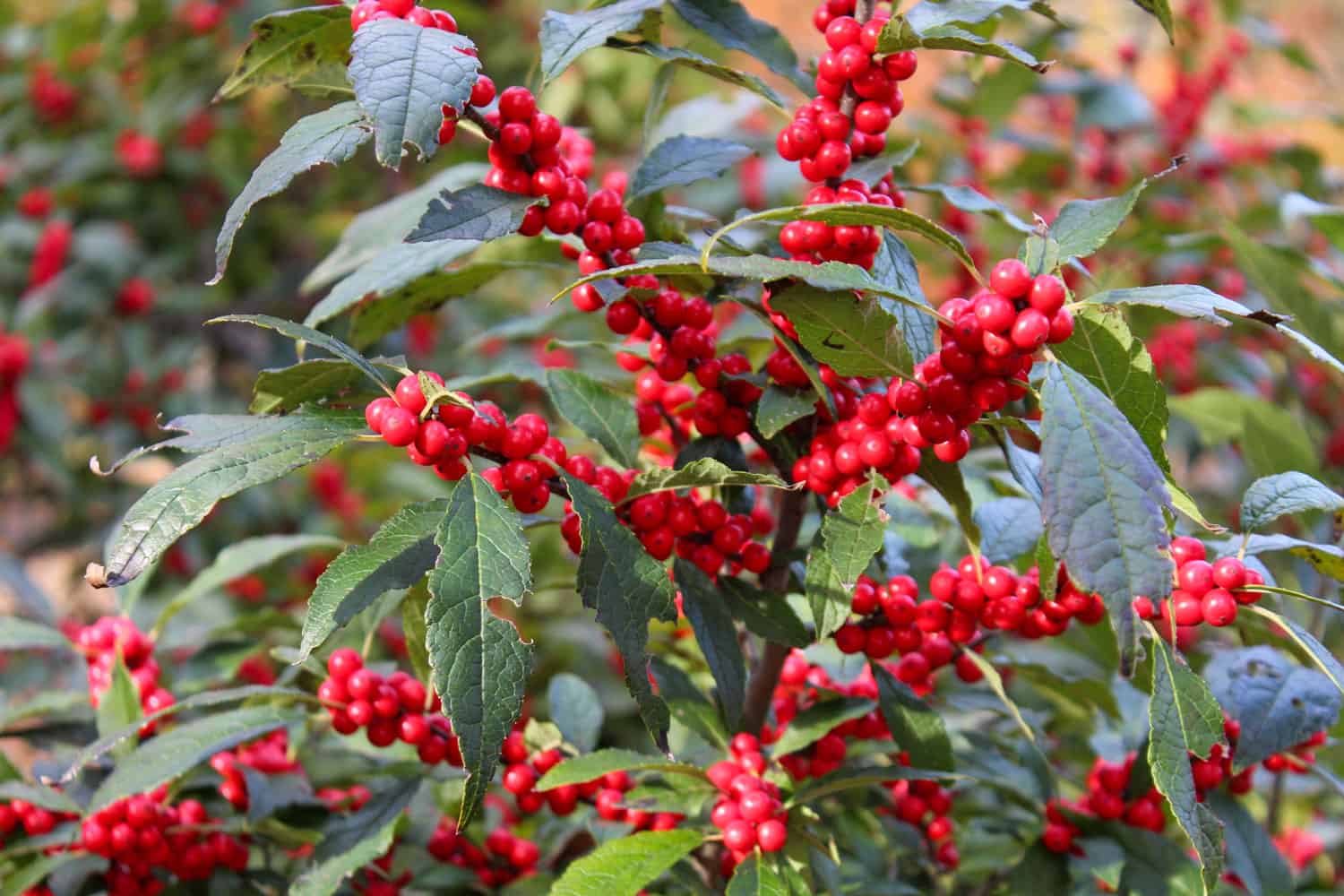
It's adaptable and can tolerate a range of soil pH levels but prefers slightly acidic soil with a pH between 4.5 and 6.5.
It stands out during the winter months with its bright red berries, which cling to its branches long after its leaves have dropped.
These berries are a striking feature, bringing vibrant color and life to the winter landscape.
They typically appear in late fall and remain throughout the winter months, providing food for local bird species.
Interestingly, Winterberry is a dioecious plant, meaning there are male and female plants. If you want those vibrant red berries, you'll need to plant both male and female plants close to each other.
7. Ivy (Hedera Spp.)
This climbing shrub is known for its attractive foliage and trailing or clinging growth habit, making it an ideal choice for covering walls, fences, trellises, or even serving as groundcovers.

While ivy thrives in partial to full sun and moist, well-drained soil, it's also quite adaptable to diverse garden situations.
Keep in mind, however, the plant can grow fast, reaching up to 100 feet in length.
This fast growth rate allows it to quickly cloak your garden structures, creating a velvety green blanket that contrasts beautifully with a white, snowy backdrop.
Some people also use them to create stunning topiaries, while others encourage ivy to climb and form a living curtain, offering privacy and seclusion.
8. Blue Spruce (Picea Pungens)
This iconic evergreen tree is renowned for its silvery-blue needles and pyramid-like shape, creating a stunning display when surrounded by a blanket of snow.
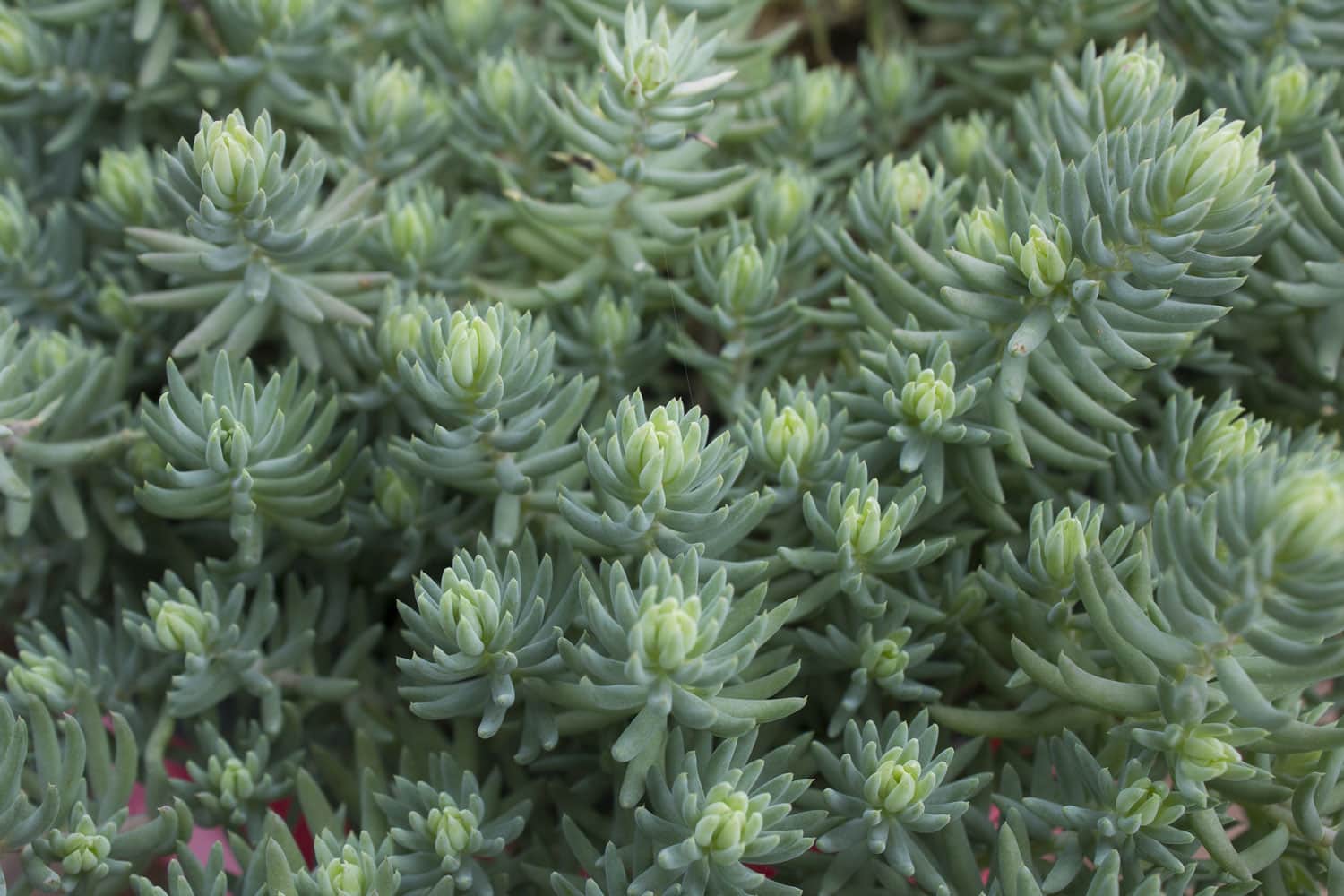
Blue Spruce is an attractive, low-maintenance addition to your snowy garden. Its sturdy, upright growth and unique needle-like leaves add structure and visual interest.
The blue-green color of the needles comes from a glaucous wax, which only adds to the festive and frosty ambiance of your winter wonderland.
When caring for your Blue Spruce, it's important to provide it with adequate space to grow.
These trees can reach heights of 50-75 feet and widths of 10-20 feet, so be sure to give them room to spread their wings.
9. Yuletide Camellia (Camellia Sasanqua 'Yuletide')
Yuletide Camellias are known for their hardiness and ability to grow in cold climates, making them an ideal choice for creating a beautiful, festive effect in your winter garden.
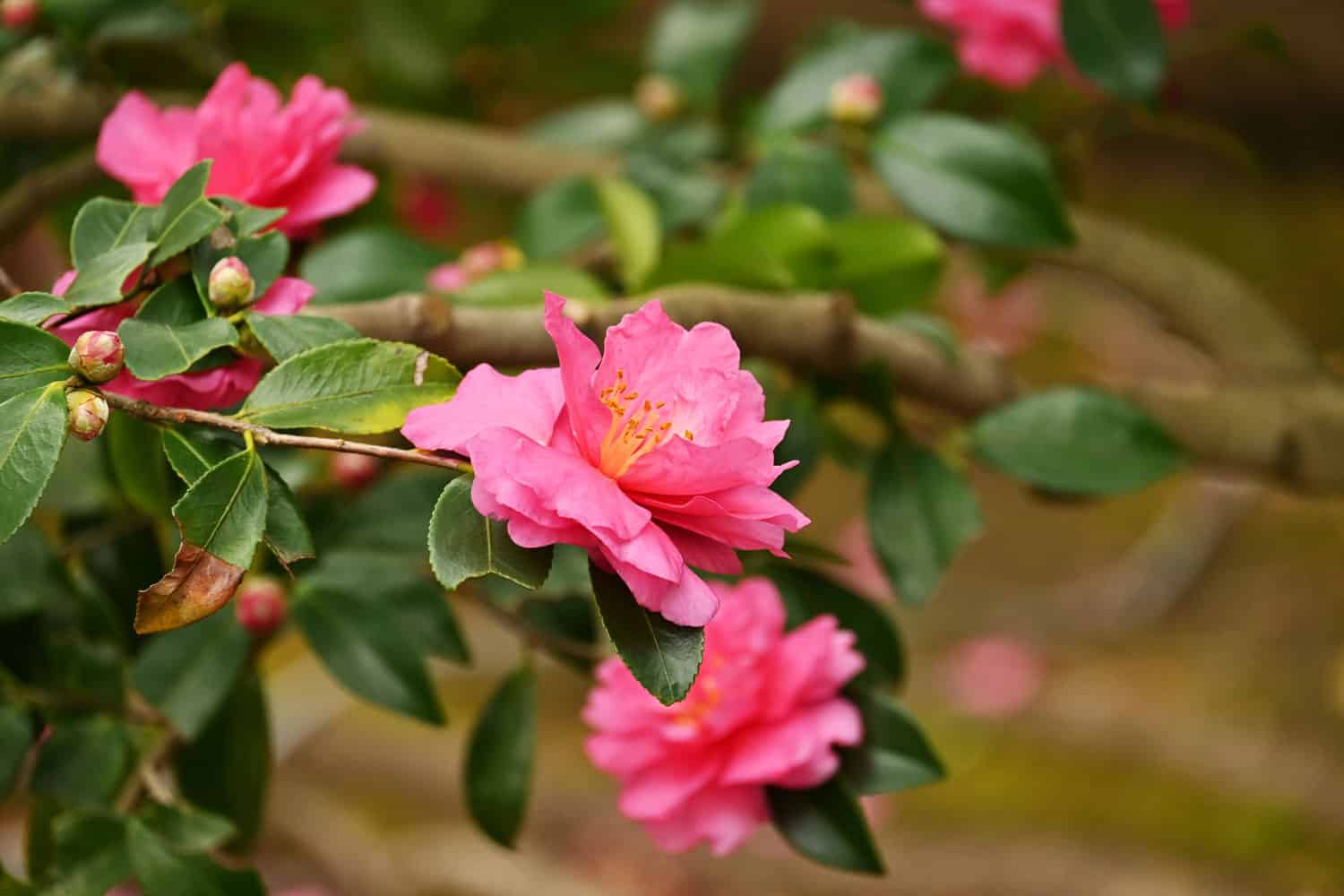
Their vibrant blooms can make your garden look even more enchanting, especially with their evergreen leaves that further a lush, green contrast to the white snow.
Caring for Yuletide Camellias in snowy conditions involves selecting a sheltered location that protects them from harsh winter winds.
While they're hardy, it's important to ensure that they shouldn't be exposed to prolonged freezing temperatures or heavy snow that can damage the plant or its blooms.
10. Christmas Rose (Helleborus Niger)
The Christmas Rose is characterized by large, bright white flowers emerging in late winter or early spring, providing a stark yet beautiful contrast against the snow.
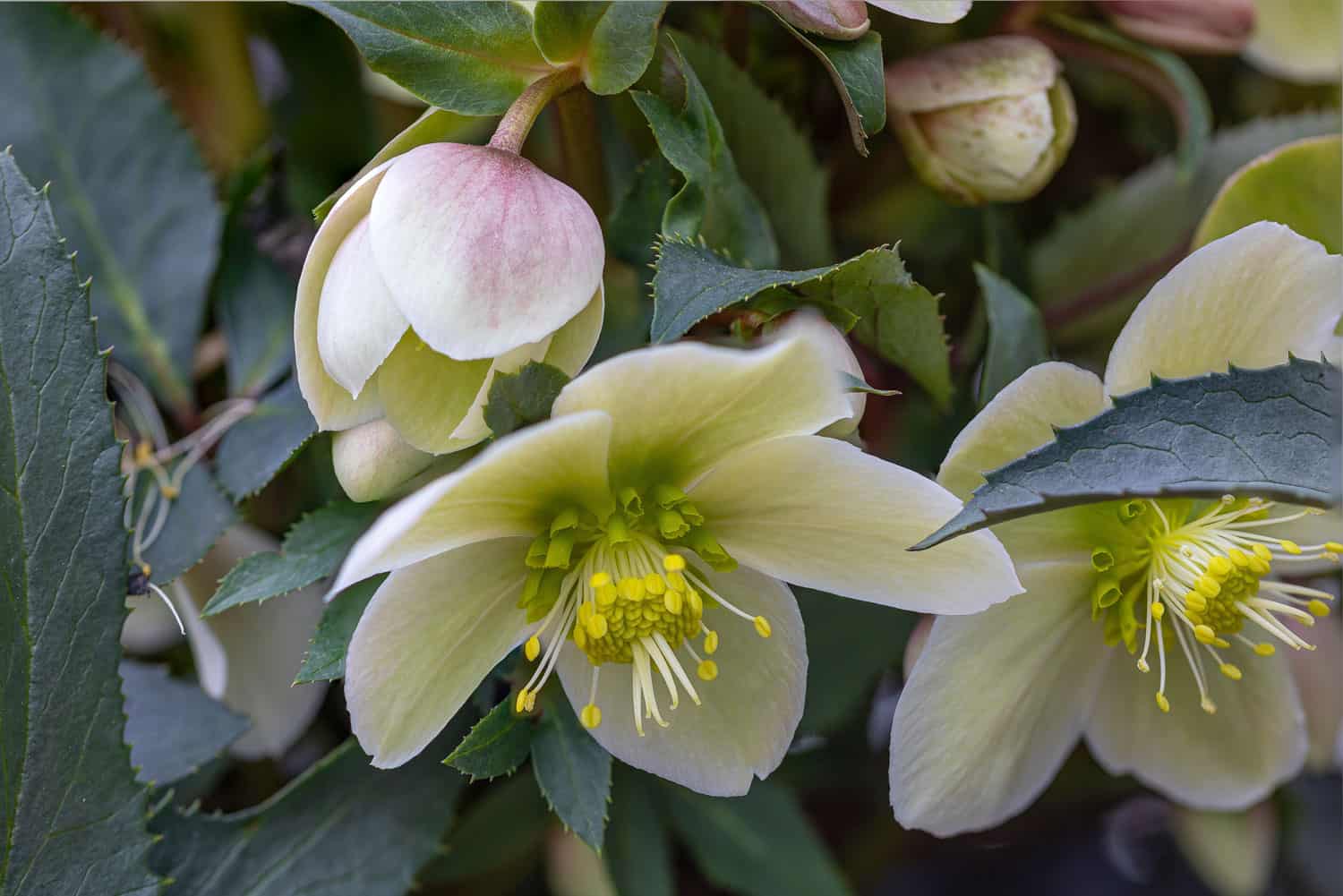
The plant's evergreen foliage remains glossy throughout the winter, adding a consistent splash of green to the garden.
To care for your Christmas Rose, choose a spot in your garden that provides partial shade and protection from strong winds, which is essential for its well-being.
The plant prefers soil that drains well and is slightly alkaline. Applying a layer of mulch can help safeguard the roots in colder temperatures.
If you notice any damaged leaves due to frost, it's best to remove them to promote new growth.
11. Yew (Taxus Spp.)
Yews are evergreen conifers that have become popular for landscaping, particularly during the wintertime when their vivid red berries and dense foliage stand out against the snow.
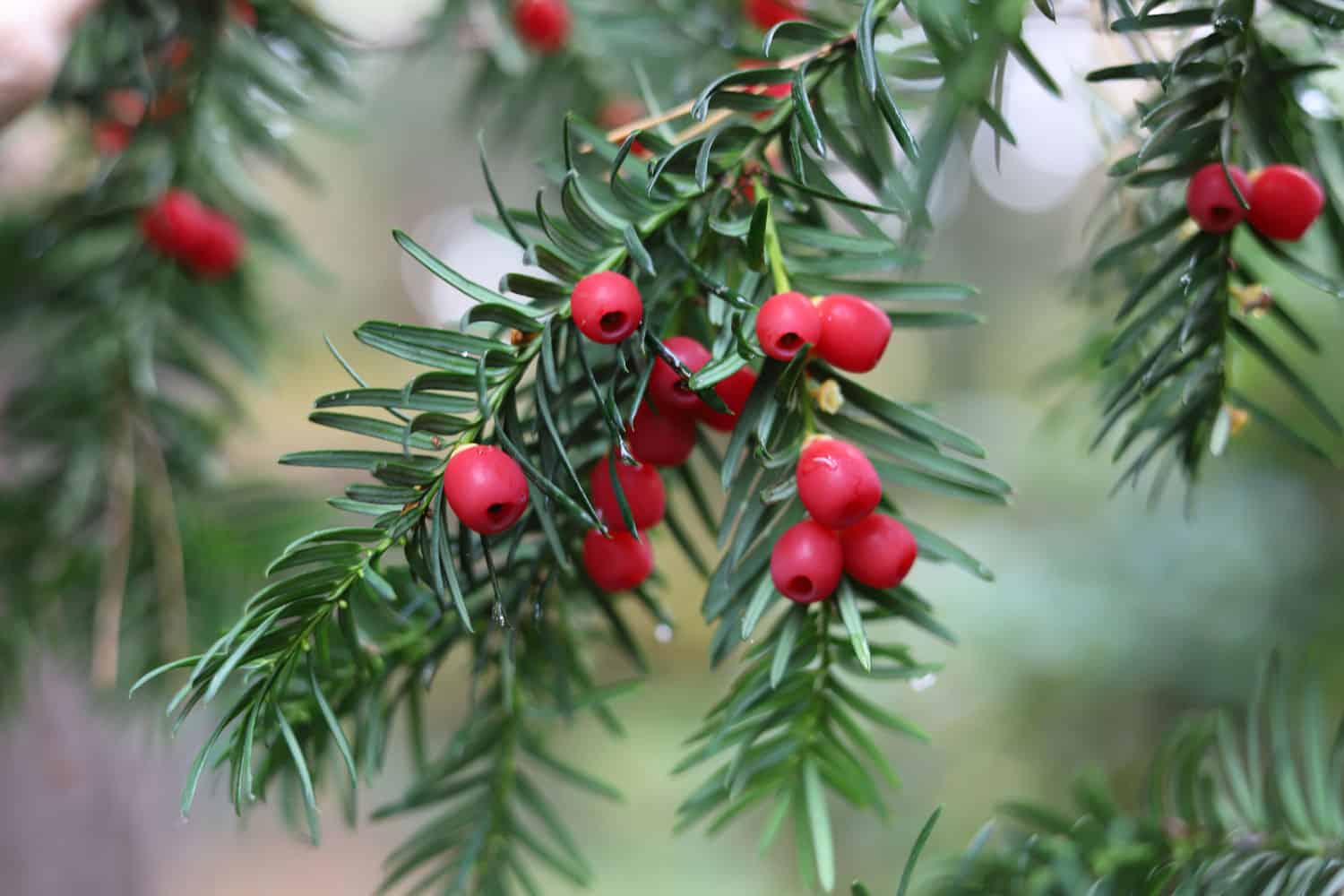
These plants thrive in moderate to cool temperatures and are low-maintenance plants perfect for gardeners of all levels.
Thanks to their adaptability, Yews come in various forms, with heights ranging from four to 60 feet tall.
Yews can be grown as shrub-like plants or taller trees to suit your garden's aesthetic or space requirements.
They are easy to care for and can tolerate various growing conditions, making them an excellent addition to your garden this season.
12. Rosemary (Rosmarinus Officinalis)
Rosemary is a fantastic addition to your festive garden. The strong, aromatic, needle-like leaves will stay vibrant throughout the colder months and keep your garden smelling lovely.

As a native Mediterranean plant, Rosemary prefers a sunny, well-drained spot in your garden.
However, once it's established, it can be cold-tolerant to about 20°F and grows well in flower borders, coastal gardens, gravel gardens, and herb gardens.
You can also create a low hedge or border edge with this hardy plant.
To learn more about how rosemary fares in colder climates and how to protect it from frost, check out our detailed guide here.
13. Cyclamen (Cyclamen Spp.)
Cyclamen plants are a charming addition to your snowy garden. These cool-weather perennials, grown from flat disc-like bulbs called tubers, come in both hardy and tender species.
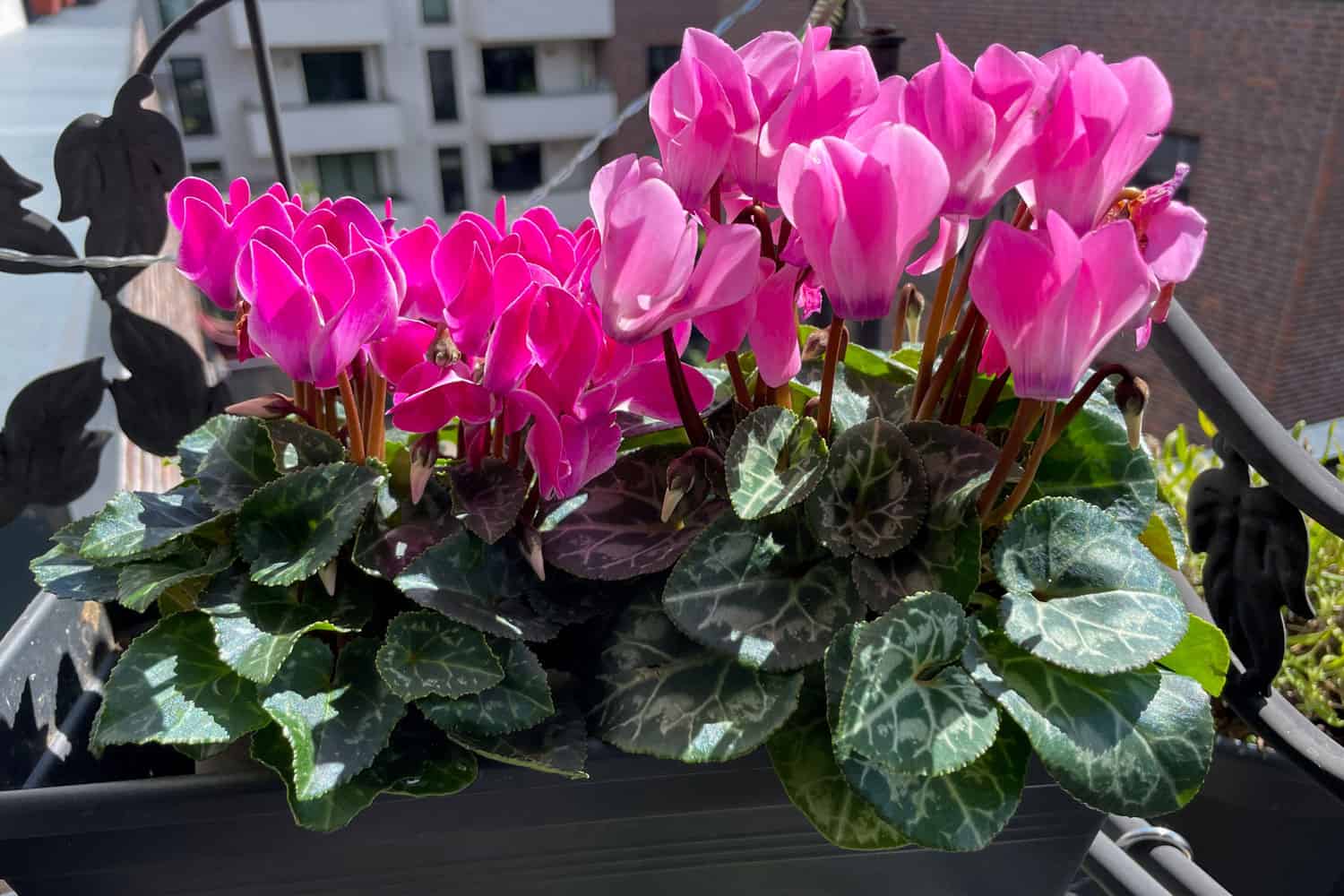
Hardy cyclamen, such as Cyclamen coum and Cyclamen hederifolium, thrive in chilly environments and offer a stunning display of beautiful flowers amid white, snow-covered landscapes.
Choose a location with well-draining, rich soil to grow cyclamen in your garden. Loamy soil with good organic material and slightly acidic levels is perfect for these plants.
Cyclamen plants not only offer a variety of colors, such as pink, purple, and white, but also bring a touch of fragrance to your winter garden.
The Cyclamen purpurascens variety is especially known for its delightful scent.
If you want to bring the beauty of winter blooms indoors, explore our list of 17 indoor winter plants that bloom with gorgeous flowers.
14. Eucalyptus (Eucalyptus Spp.)
Eucalyptus trees are known for their striking, decorative foliage and bark —bringing a touch of mystery to your snowy garden with their large, greenish-grey leaves.
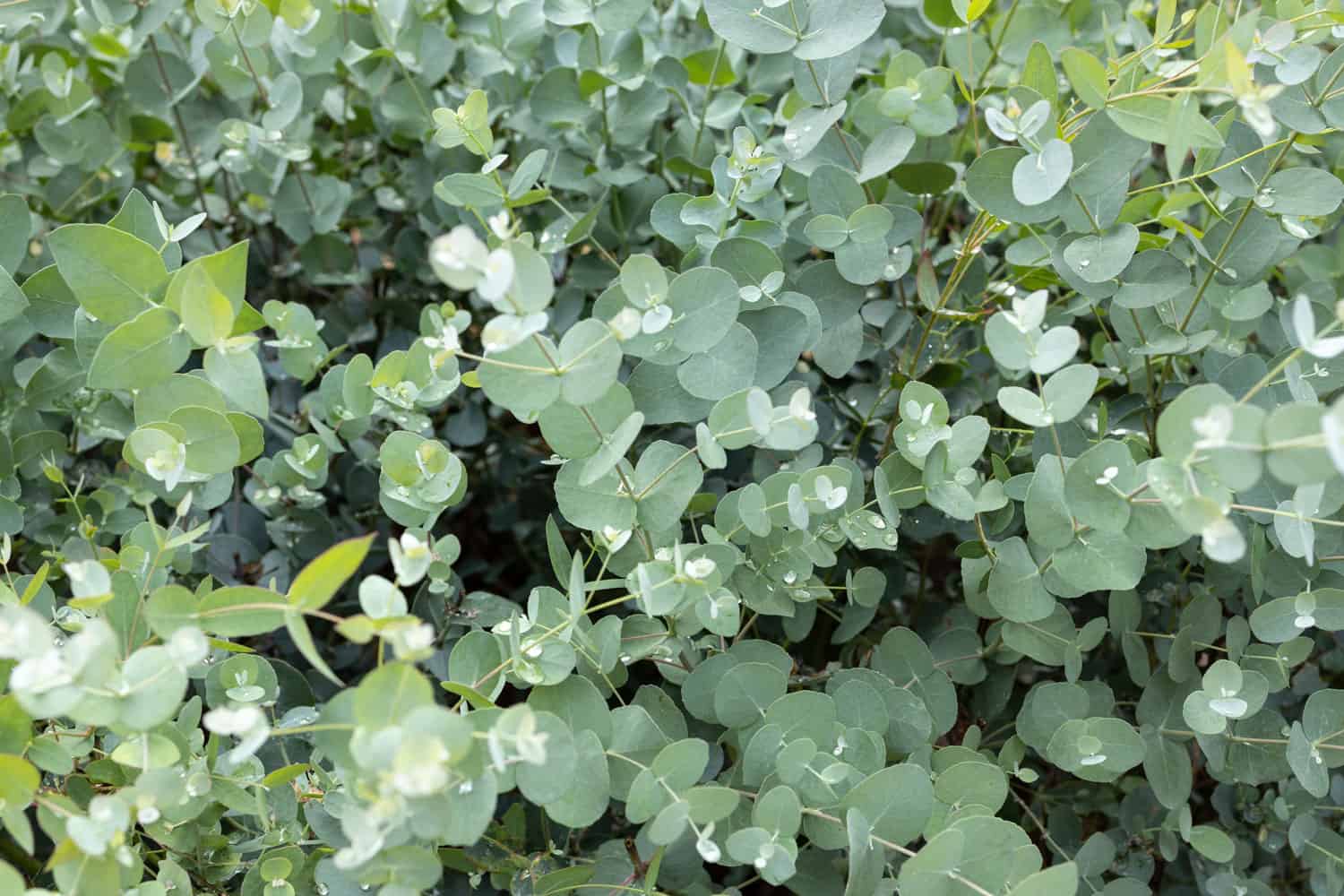
These evergreen trees grow fast, making them an attractive choice for adding height and structure to your garden year-round.
Eucalyptus trees require minimal care, making them an excellent choice for novice gardeners or those with limited time.
In addition to their visual appeal, eucalyptus trees have a menthol-like scent that many people find invigorating and refreshing.
This aroma can help create a soothing atmosphere in your winter garden, perfect for relaxing and enjoying the serene beauty of the snow-covered landscape.
Wrapping Up Your Snowy Garden
Now that you've discovered some fantastic plants to create a snowy, festive garden, it's time to start planning!
Consider incorporating plants such as the yuletide camellia to add a pop of color with their cup-shaped bright red flowers!
Don't forget about evergreen options like the Yew, which boasts vivid red berries and evergreen foliage.
Remember to personalize your winter garden with your own unique theme and style.
You can selectively combine these plants and other festive elements and decorations to create an enchanting winter wonderland atmosphere in your backyard.
